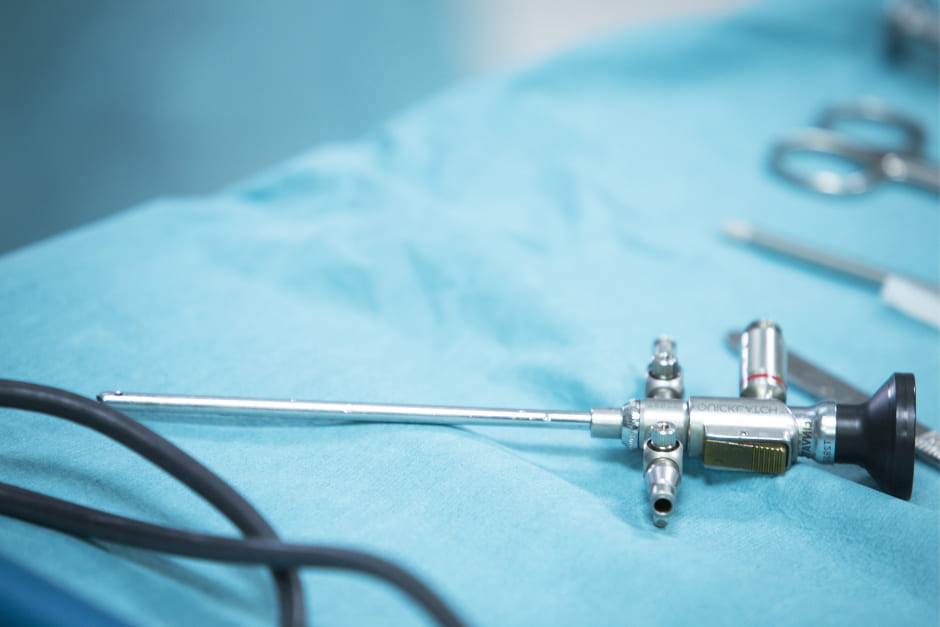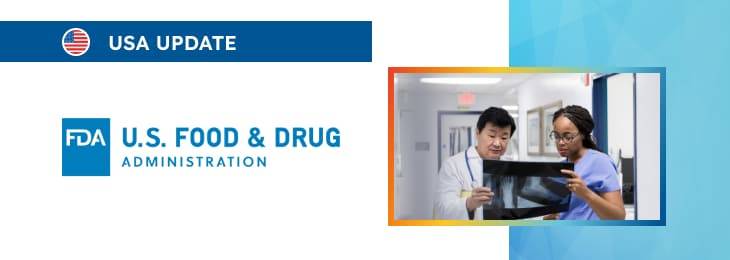The article addresses specific aspects to be taken into consideration concerning premarket submissions for orthopedic devices with metallic or calcium phosphate coating, including the ones related to clinical testing, labeling, and modifications.

Table of content
The Food and Drug Administration (FDA or the Agency), the US regulating authority in healthcare products, has published a draft guidance document dedicated to the characterization of metallic coatings and/or calcium phosphate coatings on orthopedic devices.
Once finalized, the document will provide an overview of the applicable regulatory requirements, as well as additional clarifications and recommendations to be taken into consideration by medical device manufacturers and other parties involved to ensure compliance to it.
At the same time, provisions of the guidance are non-binding in their legal nature, nor are they intended to introduce new rules or impose new obligations.
Moreover, the authority explicitly states that an alternative approach could be applied, provided such an approach is in line with the existing legal framework and has been agreed with the authority in advance.
In particular, the document provides additional clarifications on various aspects related to the information to be included in premarket submissions in order to ensure the completeness and reliability of data provided to the authority for review.
Non-Clinical Animal Studies
According to the guidance, non-clinical animal studies play a pivotal role in the premarket submission process for orthopedic devices with novel coatings.
These studies offer invaluable insights into how such devices interact within a living organism, highlighting the physiological, pathological, and toxicological impacts.
As explained by the FDA, understanding the interaction between the device and biological systems is vitally important for assessing potential risks and ensuring patient safety.
The FDA further explains that while animal testing is generally not required for most devices with metallic and calcium phosphate coatings, exceptions still apply. Expressly, devices featuring novel technologies – such as new materials or unique compositions in calcium phosphate coatings – that cannot be thoroughly evaluated through bench tests or clinical studies may warrant animal testing.
The design of these studies should be directly aligned with the device’s intended application and risk mitigation needs.
The FDA encourages the application of the “3Rs” principles – replace, reduce, and refine – to minimize animal testing wherever possible.
The agency is open to discussions regarding alternative non-animal testing methods that are deemed suitable, adequate, validated, and feasible for assessing device safety and effectiveness.

Clinical Performance Testing
Typically, clinical studies are not required for metallic and calcium phosphate coated orthopedic devices. However, the FDA recognizes exceptions, mainly when novel technologies are employed or previous testing (bench or animal) indicates potential safety or effectiveness concerns.
Alternative testing strategies supported by solid scientific rationale may be considered in lieu of traditional clinical studies.
The document outlines the regulatory framework governing clinical investigations, including the Investigational Device Exemption (IDE) regulation.
It also addresses the acceptance of clinical data from studies conducted outside the United States, underscoring the global nature of medical device development and evaluation.
Labeling
Orthopedic devices with coatings, being prescription devices, are subject to specific labeling exemptions under FDA regulations.
The guidance emphasizes the importance of providing comprehensive information in the labeling, covering aspects such as indications, usage methods, and potential risks, to ensure safe and effective use by licensed practitioners.
The FDA further provides detailed recommendations for labeling orthopedic devices with coatings.
Key considerations include the implantation method for calcium phosphate coated devices, claims related to biological fixation, and the need for characterization data for devices labeled with “nano” descriptors.
Such detailed labeling ensures informed decision-making by healthcare providers and enhances patient safety.
Modifications for Devices Subject to 510(k) Pathway
The document also describes in detail the regulatory approach to be followed concerning modifications to medical devices.
- Significant Changes Necessitating New Submissions: By the applicable regulatory requirements, modifications to orthopedic devices or their coatings that could significantly impact safety or effectiveness require a new 510(k) submission. The guidance lists examples of changes that may necessitate such submissions, including alterations in coating methods, addition of layers, or changes in substrate materials.
These modifications are scrutinized due to their potential to alter device performance and patient outcomes.
- Changes Unlikely to Require New Submissions: In addition to the above, the FDA provides examples of modifications that are unlikely to require a new 510(k), such as reducing the number of coating layers or thickness, provided these changes do not introduce unknown risks or significantly modify the device’s mechanical properties.
Conclusion
In summary, the present FDA guidance emphasizes the importance of non-clinical and clinical testing, provides precise labeling requirements, and outlines the parameters for device modifications. Manufacturers are also encouraged to engage with the FDA through programs like the Q-Submission Program to facilitate the premarket submission process, ensuring that their devices meet the rigorous requirements they are subject to in accordance with the respective legislation.
How Can RegDesk Help?
RegDesk is a holistic Regulatory Information Management System that provides medical device and pharma companies with regulatory intelligence for over 120 markets worldwide. It can help you prepare and publish global applications, manage standards, run change assessments, and obtain real-time alerts on regulatory changes through a centralized platform. Our clients also have access to our network of over 4000 compliance experts worldwide to obtain verification on critical questions. Global expansion has never been this simple.

